Why autism and ADHD are harder to spot in females
Experts say signs need to be better understood to ensure earlier diagnosis for girls and women
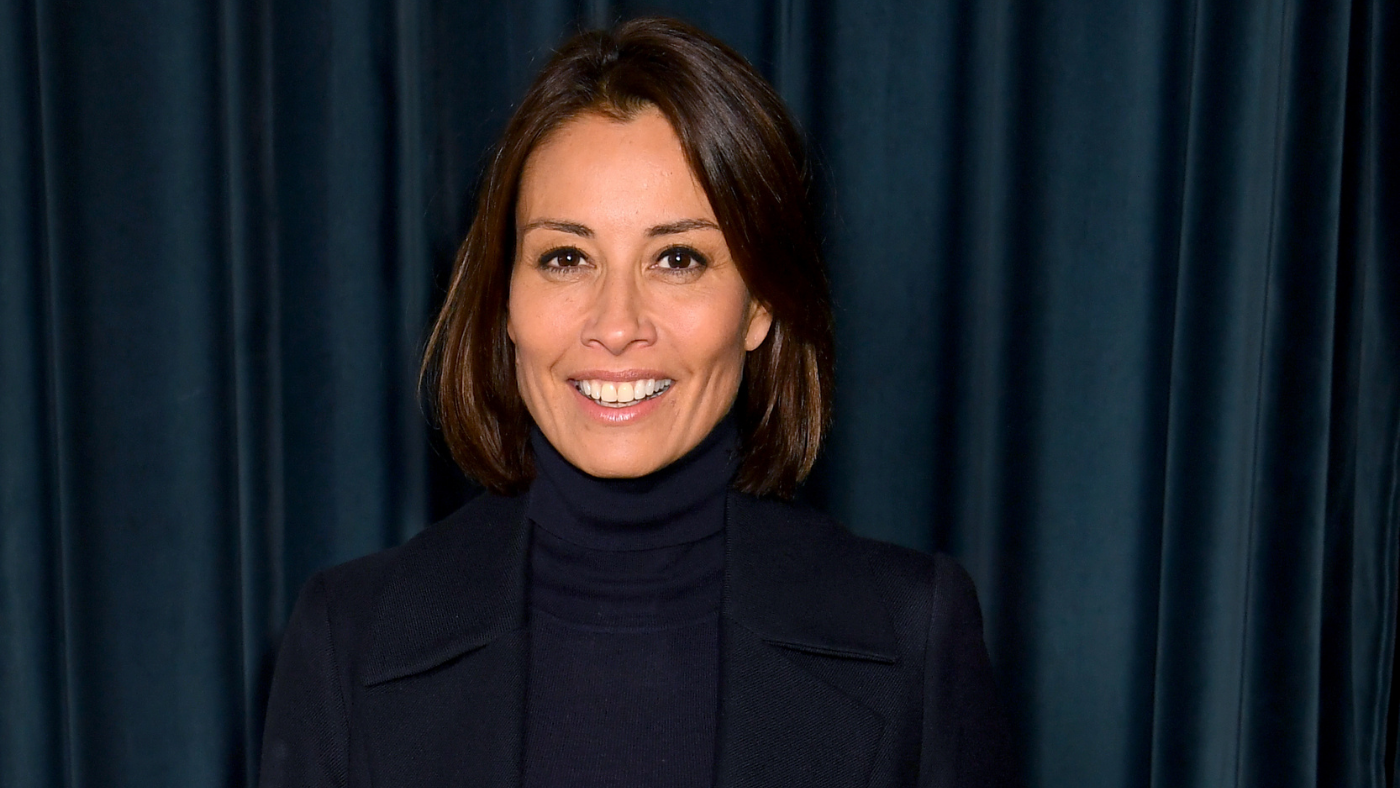
Celebrities including Melanie Sykes are raising awareness about autism in females by revealing their “relief” after being diagnosed with the condition as adults.
Television presenter Sykes told Hello! magazine that she had “always felt different to other people and how they think and operate”. Describing her recent diagnosis, at the age of 51, as “fantastic”, she added: “Now I know it because I’m autistic it makes me feel validated as I understand why.”
Christine McGuiness, wife of comedian Paddy McGuiness, has also described how her own diagnosis with autistic spectrum disorder (ASD) at 33 has “been an amazing thing for me”.
The Week
Escape your echo chamber. Get the facts behind the news, plus analysis from multiple perspectives.

Sign up for The Week's Free Newsletters
From our morning news briefing to a weekly Good News Newsletter, get the best of The Week delivered directly to your inbox.
From our morning news briefing to a weekly Good News Newsletter, get the best of The Week delivered directly to your inbox.
She first realised that she displayed signs of autism while filming a new BBC documentary, Our Family and Autism, about her three children, who all have ASD. The TV personality told Sky News that “I always felt different” but “always felt very similar to the children”.
According to the National Autistic Society (NAS), although more women and girls are being diagnosed with autism, many are still “struggling to get the support they need” – and a major part of the problem is the “gender diagnosis gap”.
A mainly male issue?
Autism is “popularly conceptualised as a ‘male’ disorder”, according to a recent paper in the Journal of Child Psychology and Psychiatry by UK experts who analysed diagnosis trends over the past 20 years.
A free daily email with the biggest news stories of the day – and the best features from TheWeek.com
But many scientists and campaigners point out that ASD research has typically focused on males.
A 1981 study by English psychiatrist Lorna Wing, who was a pioneer in the field of childhood developmental disorders, found that among people diagnosed with “high-functioning autism” or Asperger syndrome, men and boys outnumbered women and girls by up to 15 to one.
However, Francesca Happe, director of the social, genetic and developmental psychiatry centre at King’s College London, told The Guardian last month that “a lot of women” are now “coming for a first diagnosis in mid-life”.
Happe said that until recently, the diagnostic criteria had been skewed towards identifying autism in males. “Because we thought there were so many more males than females affected, for neuro-imaging studies females were just seen as noise in your sample,” she explained. But now scientists are actively “seeking out” women for further research, she added.
The newspaper reported that this change of focus “is reflected in the shifting male-to-female ratio of autism diagnoses”. The recent UK study of diagnosis trends found that girls and women accounted for almost 23% of newly identified cases of autism in 2018, compared with 18% in 1998.
A 2017 analysis of 54 earlier studies found that “girls who meet criteria for ASD are at disproportionate risk of not receiving a clinical diagnosis”, according to the researchers. “Of children meeting criteria for ASD, the true male-to-female ratio is not 4:1, as is often assumed; rather, it is closer to 3:1,” they concluded in a paper published in the Journal of the American Academy of Child and Adolescent Psychiatry.
The diagnosis imbalance
Various theories have been offered about why women “can slip through the cracks” when it comes to ASD diagnoses, wrote neuroscientist Fabienne Cazalis and co-author Adeline Lacroix, who has Asperger syndrome, in an article on The Conversation.
Because “originally, autism was thought to only rarely affect women”, the diagnostic criteria was largely determined by observations of males, but the clinical manifestation of the condition varies between the sexes. For example, “autistic girls have fewer troubles making friends than autistic boys” and “have seemingly more ordinary interests”, Cazalis and Lacrois continued. And girls are generally “more adept at camouflaging their stereotype and soothing ritual behaviours” too.
“In other words, their autism is less obtrusive, which means their symptoms are less obvious to their families, teachers and doctors,” the duo concluded.
Another possible reason for the gender diagnosis gap is known as the “extreme male brain”. The controversial theory “is based on the idea that men and women differ in fundamental ways, and that the differences lie along a continuum”, said Spectrum News, which focuses on autism research.
Empathy is thought to lie at the female end of this continuum, while at “the male end is the tendency to ‘systemise’ or to recognise patterns”, the site explained. Advocates of the theory believe people with autism, “no matter their sex”, fall on the male end of the spectrum and “process the world through a ‘male’ lens”.
Key signs of autism
Autism exists on a spectrum, and presents differently depending on where on this spectrum an individual falls. The NHS says the main signs of possible autism include:
- finding it hard to understand what other people are thinking or feeling
- getting very anxious about social situations
- finding it hard to make friends, or preferring to be alone
- seeming blunt, rude or not interested in others without meaning to
- Finding it hard to say how you feel
- taking things very literally
- having the same daily routine and becoming very anxious if this changes
Other signs include not understanding social “rules”, avoiding eye contact, and getting too close to people or getting upset about someone else getting too close. People with autism may also notice patterns, smells or details that others do not, have a keen interest in certain subjects, and like to plan carefully.
Link to misdiagnosis of ADHD
Like autism, females are less likely to be diagnosed with attention deficit hyperactivity disorder (ADHD) than males. The condition is “traditionally thought of as a little’ boy’s disorder, and doctors are less likely to pick up on inattentive-type symptoms that don’t overtly disrupt a classroom or home”, said Addititude, an online resource dedicated to ADHD and related conditions.
Consultant psychiatrist Helen Read told the BBC that girls were less likely to exhibit behaviours typically attributed to boys with ADHD because they “would be so criticised by peers and other people”. Instead, hyperactive girls are more likely to be over-talkative, or rebellious, she said.
According to the broadcaster, although males and females with ADHD also display many similar behaviours, “a key difference is that girls with combined ADHD – who have both inattentive and hyperactive symptoms – are at higher risk of self-destructive actions as they enter adulthood”.
And girls with ADHD are also reportedly “more likely to develop anxiety and depression later in life” – although treatment for the condition “can make a huge difference day-to-day”.
Various studies have calculated the male-to-female ratio of people with ADHD as ranging from 2:1 and 10:1. Addititude recommended that sharing existing diagnoses of ADHD or ASD with clinicians can be “especially helpful” if an individual thinks they may be affected by both conditions.
Julia O'Driscoll is the engagement editor. She covers UK and world news, as well as writing lifestyle and travel features. She regularly appears on “The Week Unwrapped” podcast, and hosted The Week's short-form documentary podcast, “The Overview”. Julia was previously the content and social media editor at sustainability consultancy Eco-Age, where she interviewed prominent voices in sustainable fashion and climate movements. She has a master's in liberal arts from Bristol University, and spent a year studying at Charles University in Prague.
-
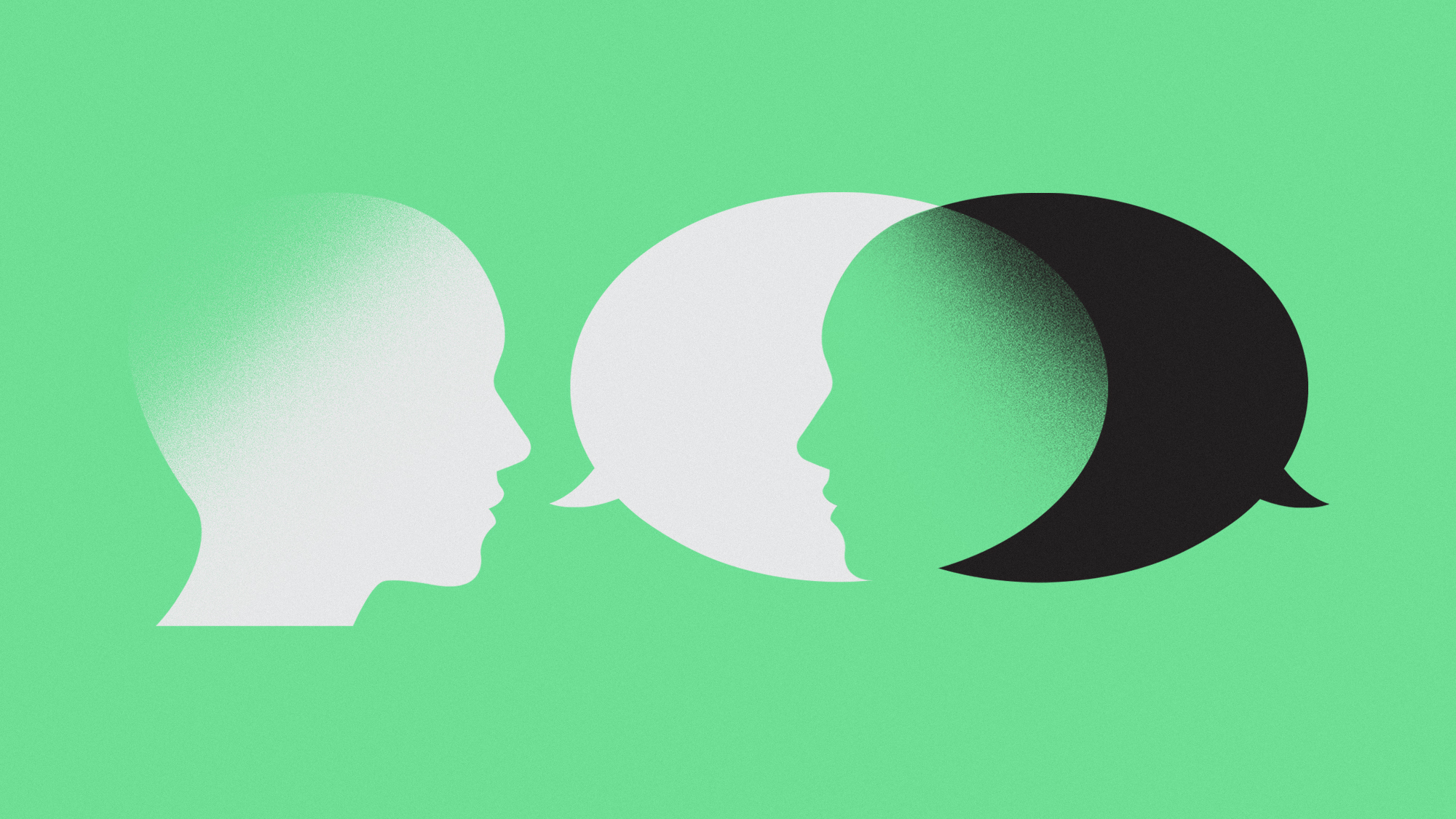 Avatar therapy: a groundbreaking treatment for psychosis?
Avatar therapy: a groundbreaking treatment for psychosis?In the Spotlight Study reveals digital characters can help patients 'push back' against distressing voices
-
 Why is a bed-bug epidemic sweeping across the UK?
Why is a bed-bug epidemic sweeping across the UK?feature Cost-of-living crisis and post-Covid travel blamed for 65% year-on-year increase
-
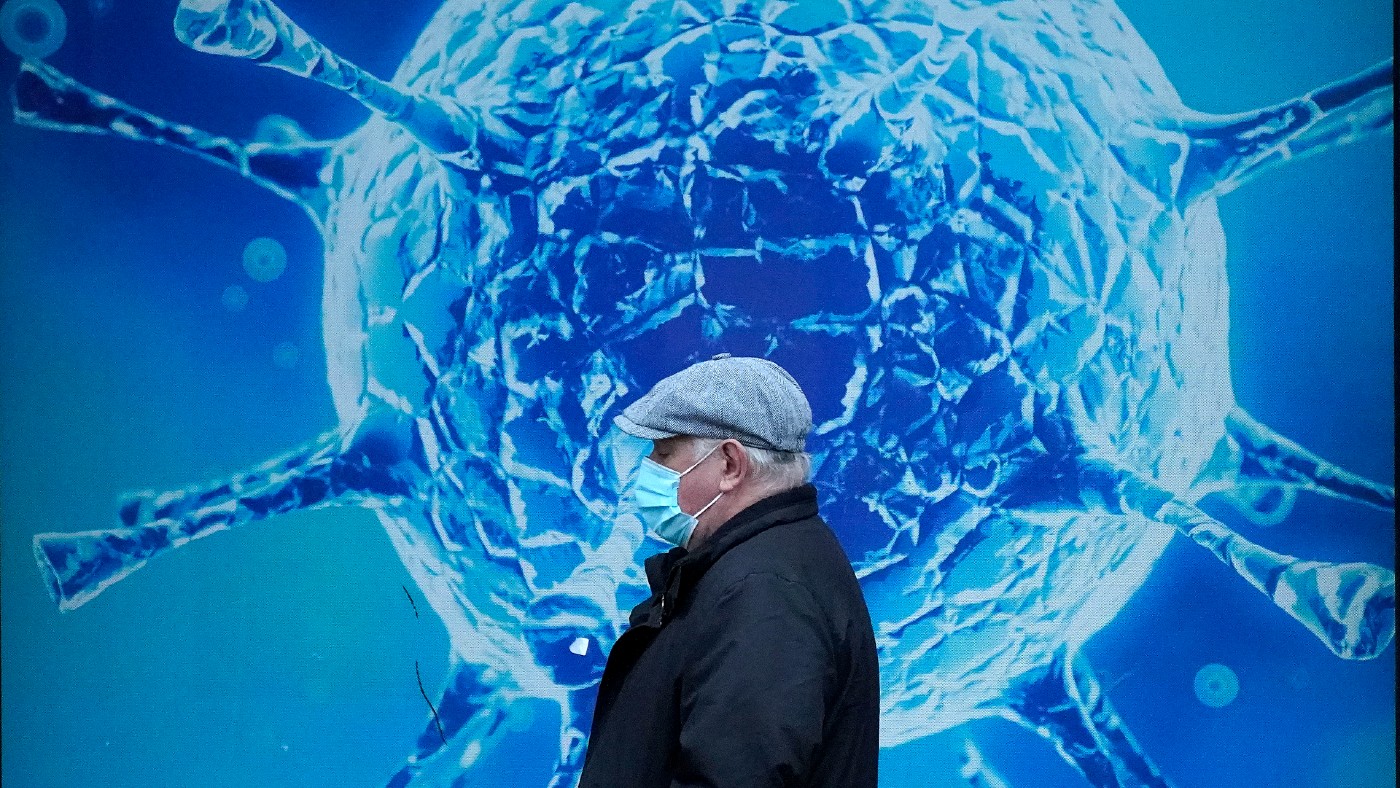 The new Covid variant Eris behind a rise in cases this summer
The new Covid variant Eris behind a rise in cases this summerfeature Concerns over ’flying blind’ as routine testing is no longer freely available and less data is being collected
-
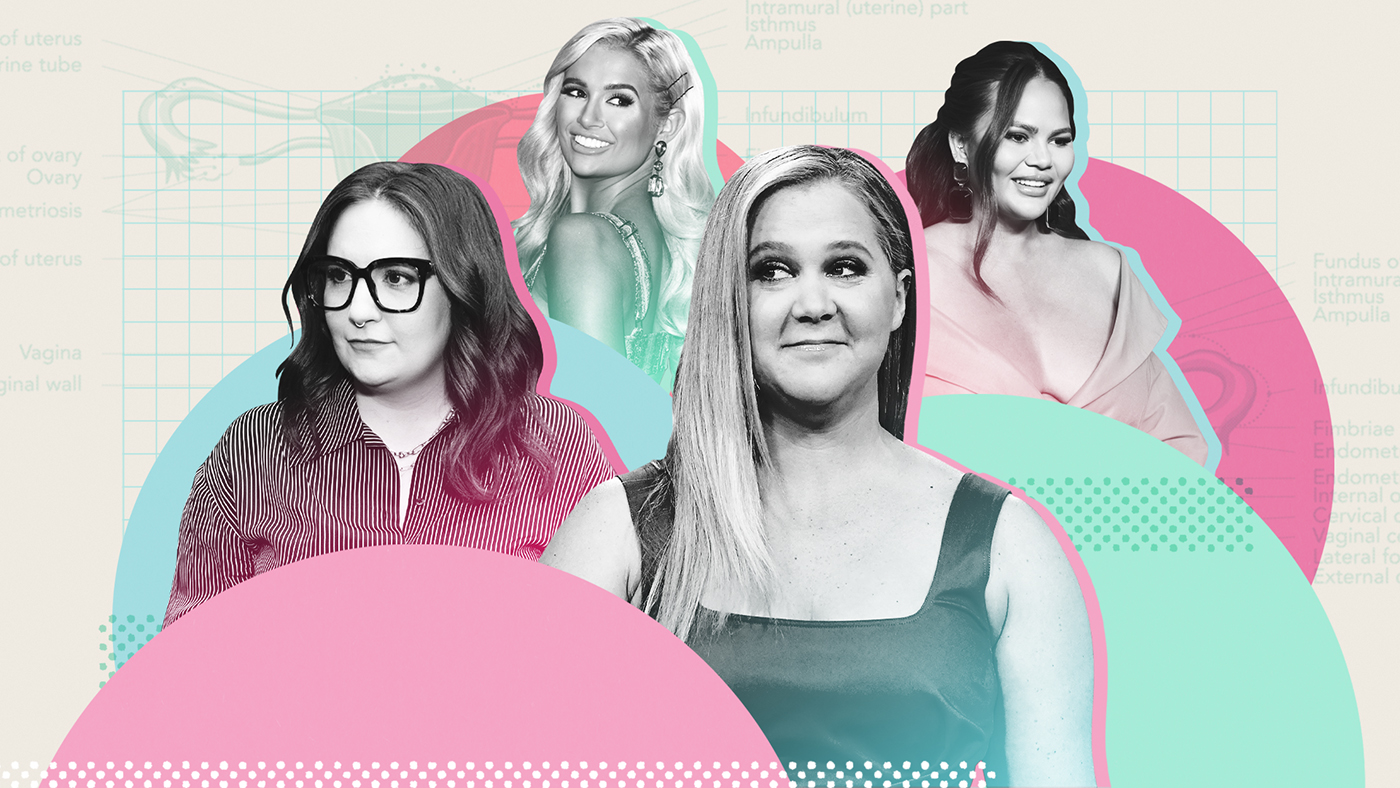 Endometriosis: the ‘incurable’ disease affecting one in 10 women
Endometriosis: the ‘incurable’ disease affecting one in 10 womenfeature Advances by Australian researchers offer hope for new treatments and more targeted diagnoses for the debilitating condition
-
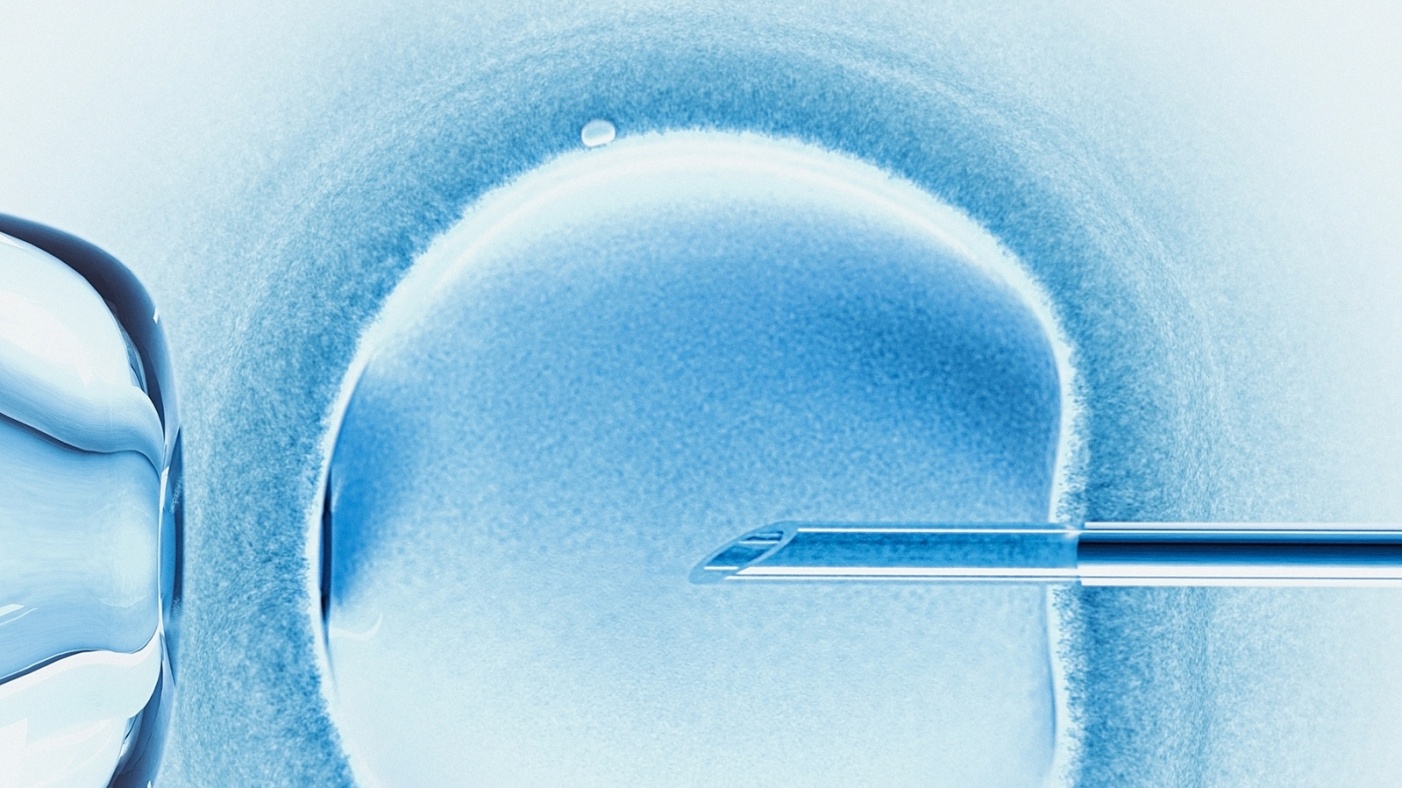 ‘Three-parent babies’: the science behind groundbreaking new procedure
‘Three-parent babies’: the science behind groundbreaking new procedurefeature Aim is to prevent children from inheriting incurable mitochondrial illnesses
-
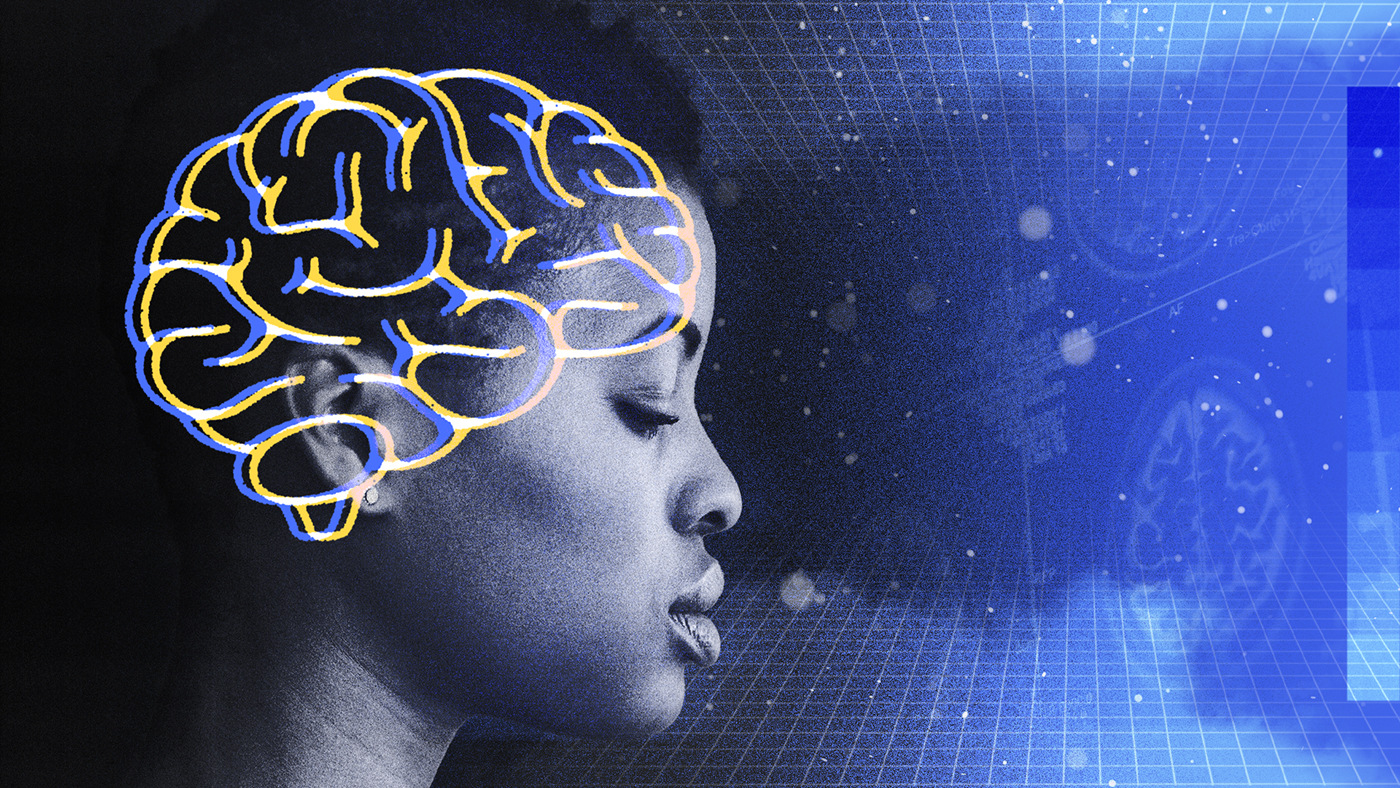 What happens in our brains when we die
What happens in our brains when we diefeature New study of people close to death shows neural activity associated with consciousness and lucid dreams
-
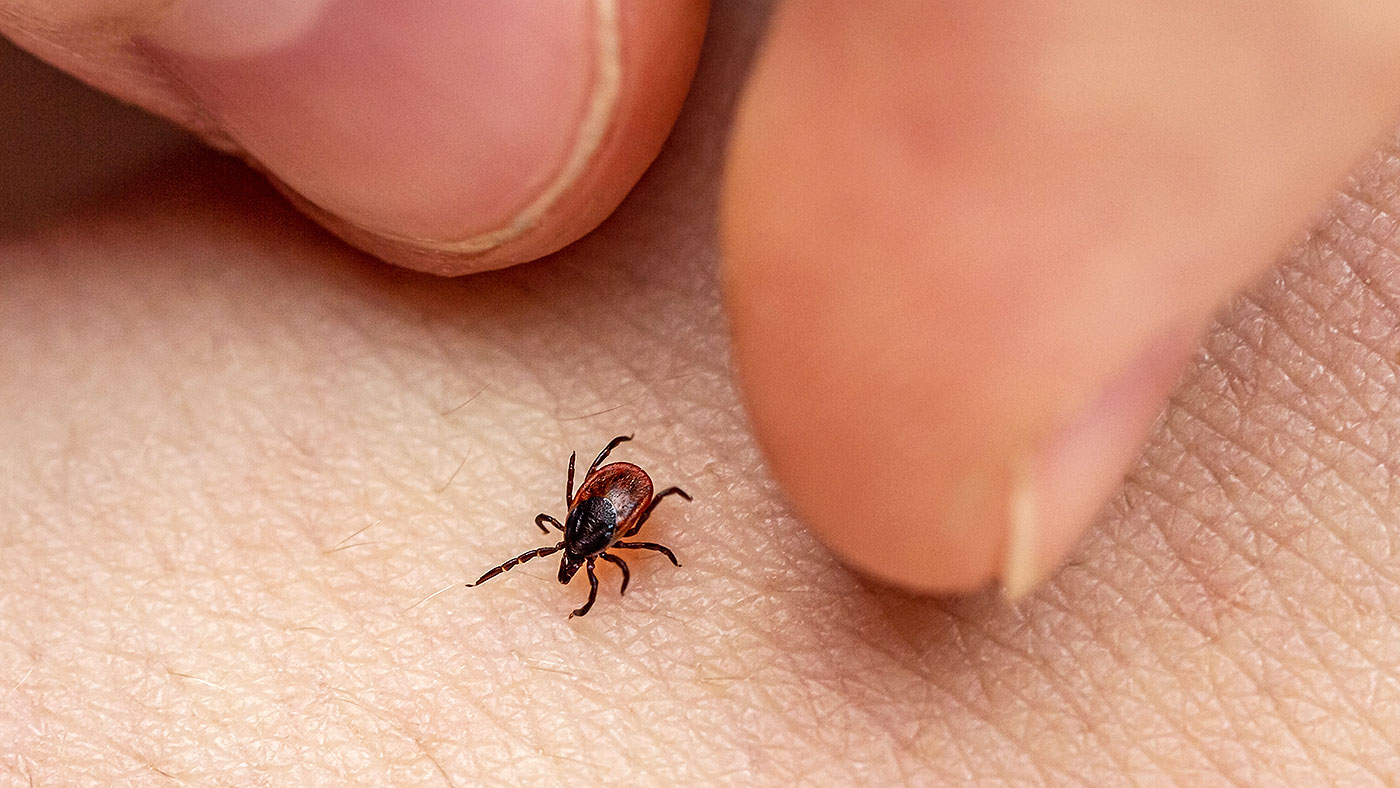 Lyme disease: vaccine could halt rise of tick-borne disease
Lyme disease: vaccine could halt rise of tick-borne diseasefeature Experts have issued a warning as cases rise in the UK
-
 Microstress: what is it and how can you manage it?
Microstress: what is it and how can you manage it?feature New book explores the devastating effect of minor strains that add up and overwhelm


